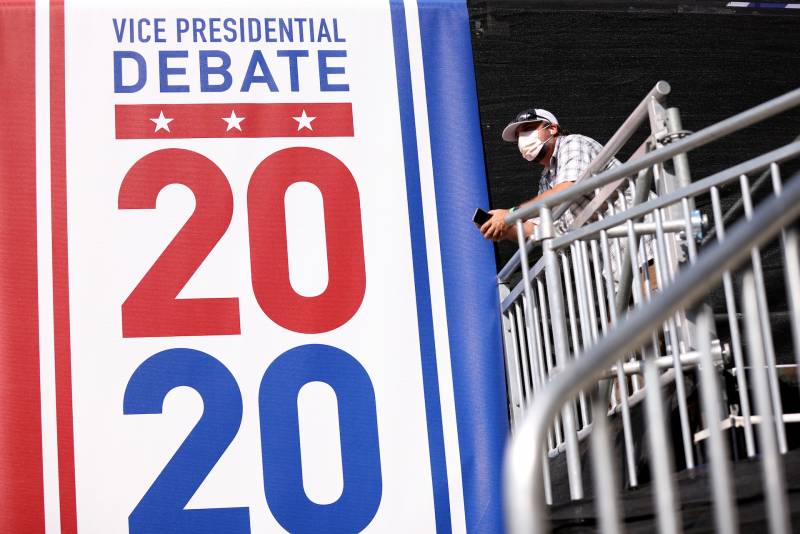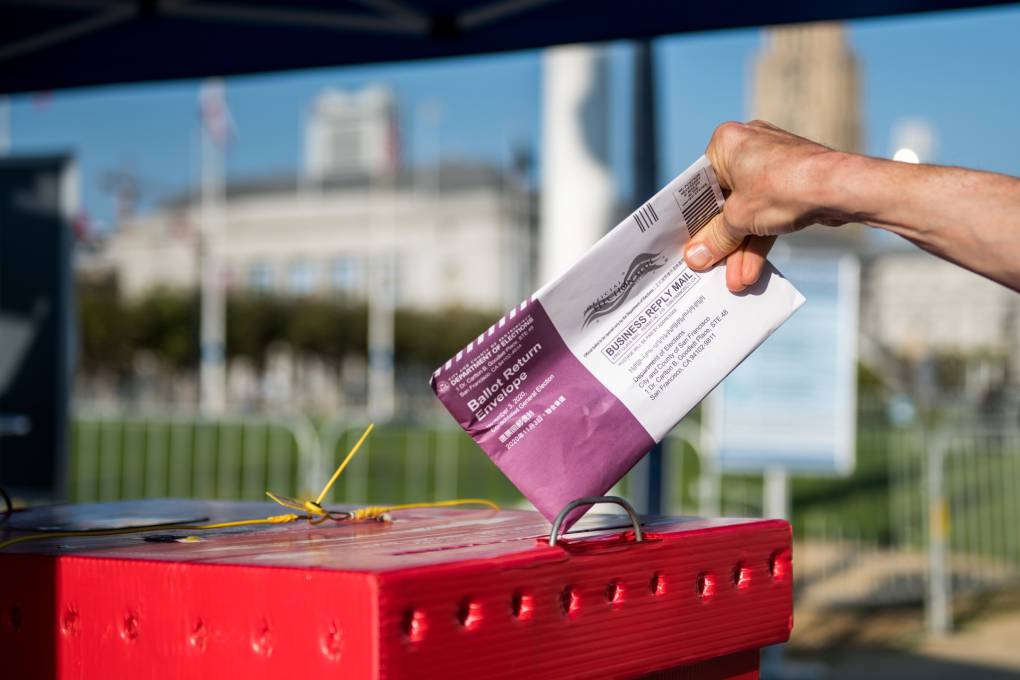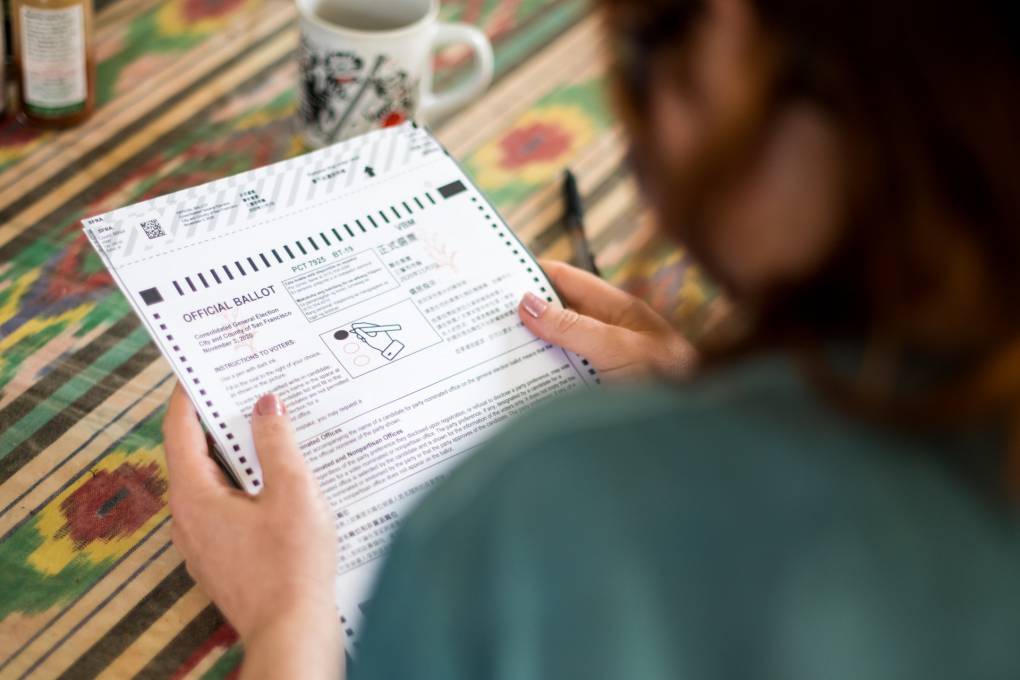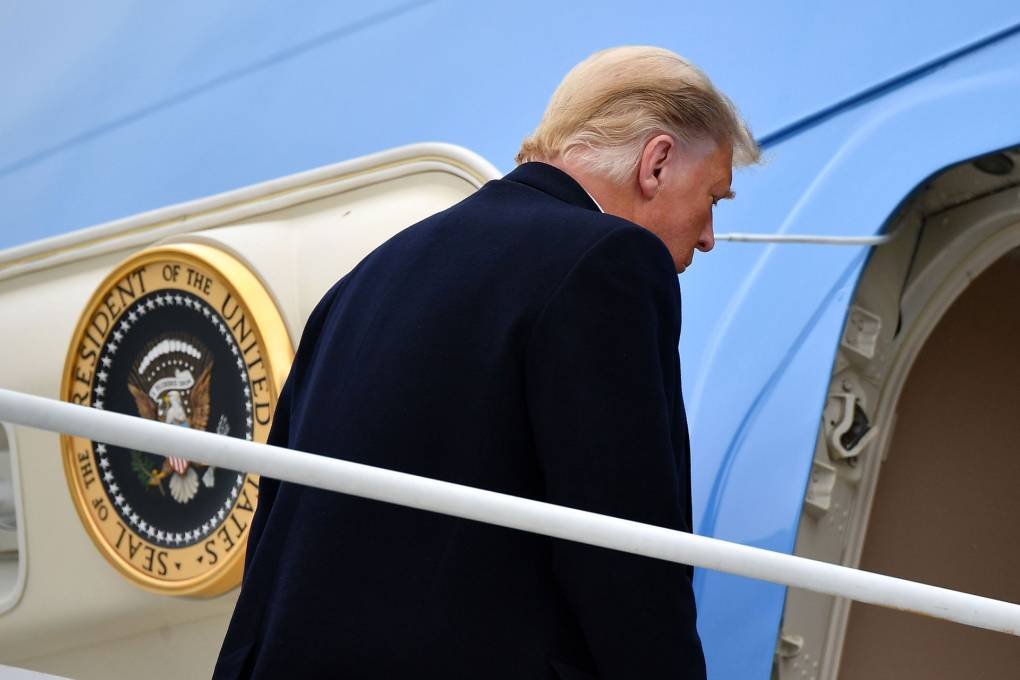Debates between the Democratic and Republican candidates for vice president are typically the undercard of presidential campaigns, a relatively unimportant contest squeezed in between the main events.
But in this topsy turvy election year, President Donald Trump’s hospitalization for COVID-19 and Joe Biden’s age might give Wednesday night’s faceoff between Vice President Mike Pence and Sen. Kamala Harris an unusually large audience.
“This may be the most consequential vice presidential debate in American political history,” said Dan Schur, who teaches political science at USC and UC Berkeley. He acknowledges there’s not much competition for that title, since no VP debate in history has ever really resulted in more than memorable soundbites.
“The stakes are much higher now because, without sounding ghoulish, more and more Americans are going to be wondering whether either Donald Trump or Joe Biden would be able to serve for four full years.”
Schnur, who sat in on debate preparation for George W. Bush and Sen. John McCain, said the key is to try and plan for the unexpected, which by definition is hard to do. Former South Bend, Indiana Mayor Pete Buttigieg is playing the part of VP Pence in debate preparation for Harris.
“Debate preparation, if it’s done well, is usually less about content and more about presentation,” Schnur said. “If the candidates themselves do their job right, they’re going to be familiar with the substance of the types of policy matters that they’re going to get asked about in the debate.”
For Kamala Harris, the stakes are huge. A strong performance will help cement Joe Biden’s current advantage in the polls. If she slips up or looks shaky, it creates an opening for Trump to make her the issue.




